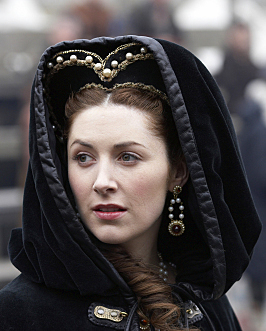Anne Stanhope
Jump to navigation
Jump to search
UNFORGETTABLE CHARACTER QUOTES
DEFINING EPISODES | MEMORABLE SCENES
PHOTOS
| | |||||
| born c. 1497 - died April 16, 1587 Character's backstory: The Stanhope's had a distant connection with royalty and were much involved in public service which is why they obtained speedy advancement. Anne was the daughter of Sir Edward Stanhope of Rampton and Elizabeth Bourchier, sister of John Bourchier, Earl of Bath, and a descendant of King Edward III by his youngest son, Thomas of Woodstock. Born at Sudbury in Suffolk on an unknown date, she had two half-brothers from her father's first marriage to Avelina Clifford. They were Richard Stanhope, and Sir Michael Stanhope. Anne came to court in 1511 as a maid of honor to Queen Katherine of Aragon. Michael Stanhope, Anne’s half-brother was selected for the governorship of Hull, was knighted, and made Shelford Priory his residence. In 1537, Henry VIII granted by letters patent, the priory to Michael Stanhope. Two years later the King endowed him with the manor and all the lands that the monastery had owned in the county. The seat of the Stanhopes was probably one of much magnificence and importance, for Camden in 1586 says, in his reference to Shelford: ‘It is the seat of the famous family of Stanhope, knights, whose state and grandeur in those parts is eminent and their names renowned.’ In 1529, Sir Edward Seymour fell in love with her and repudiated his wife in order to marry her, which he did in 1535. Anne had apartments at court and for a time her sister-in-law, Jane Seymour, met King Henry VIII there. When Jane became queen, her brother was elevated in the peerage so that Anne became, in rapid succession, Viscountess Beauchamp and Countess of Hertford. Henry Howard, earl of Surrey, wrote a sonnet about her called “a lady who refused to dance with him,” which portrayed her as haughty and cold. Gentility: She became Duchess of Somerset 16 February 1547 after King Henry VIII's death, when her husband appointed himself Duke of Somerset and Lord Protector. Position: Wife of the Lord Protector, Edward Seymour, and aunt to Edward VI of England. Personality type: described as being a "violent woman", a "devilish woman & 'monstrous' in her pride. Lady Hertford constantly made scenes in public, and she was spitefully unforgiving, haughty, grasping and bad tempered. She was universally disliked by those in the Royal Court. She has been held responsible for the fate of her husband Edward, having urged him to adopt the policies which ruined him. She was known as a formidable shrew and could not stand Catherine Parr to whom she had been a lady-in-waiting while Catherine was queen. After the death of Henry, her husband had bargained to appoint himself Lord Protector and Duke of Somerset. As wife of the self-appointed Lord Protector, she felt she was the first lady of the realm, ahead of the widowed queen, and this led to quarrels of precedence to ownership and possession of certain jewels. In actuality, Anne was fifth in precedence beneath the Dowager Queen, Lady Mary, Lady Elizabeth, and Lady Anne of Cleves. Nevertheless, Anne considered that the Dowager Queen forfeited her rights of precedence when she re-married her brother-in-law, Thomas Seymour. Anne believed the queen had married so far beneath her station. Interestingly enough, after her husband was beheaded Anne re-married far beneath her station as well. Anne refused to bear Catherine's train, and even physically tried to push her out of her place at the head of their entrances and exits at court. Anne was quoted as having said of Catherine, "If master admiral (Thomas Seymour) teach his wife no better manners, I am she that will". Catherine, in her turn, privately referred to Anne as "that Hell". A contemporary attack in print on the duchess referred to her as "that imperious and insolent woman . . . whose ambitious wit and mischievous persuasions led him [[[Edward Seymour]], Duke of Somerset] and directed him also in the weighty affairs and government of the realm to the great harm and dishonor of the same." William Paget, the "master of practices" under Edward VI and Mary, told the Imperial ambassador that the cause of Somerset's downfall was "He has a bad wife." Ambassador Chapuys called the "countess of Hertford" one of the stirrers of heresy at court in the 1540s. In 1549, when Edward Seymour, Duke of Somerset was trying to put down rebellion, Van der Delft reported to the Emperor a number of negative remarks about Anne including the following: "[Somerset] then had the peasants divided into squadrons, and assigned them quarters as if he expected to fight; but about five in the afternoon he sent his wife off to her house, and she went out weeping, very badly handled in words by the courtiers and peasants, who put all this trouble down to her ..." Signature look: Endearing trait(s): She had Protestant leanings and sent aid to Anne Askew when she was imprisoned. She lived to be approximately 90 years old, quite a feat for a woman who bore 10 children. Annoying trait(s): proud, well aware of the "superiority" in her own pedigree and had a big ego problem. This coupled with a strong-willed and sometimes violent temper, made her one of the least-loved women of her time. She gossiped and was very vocal to the point of being vulgar and way out of line at times.
| " My Good Gossip Nan " - Princess Mary Tudor
| ||||
CHARACTER CONNECTIONSFamily members: Father: Sir Edward Stanhope (1462 - 6 Jun 1511) Mother: Elizabeth Bourchier (1474 - 1557) (great-granddaughter of Anne of Woodstock, daughter of Edward III's youngest son, Thomas of Woodstock) Paternal Grandfather: Sir Thomas Stanhope Paternal Grandmother: Mary Jerningham Maternal Grandfather: Fulke Bourchier, 2nd Baron Fitzwaryn (25 Oct 1445 - 18 Sep 1497) Maternal Grandmother: Elizabeth Dynham (1449 - 19 Oct 1519); m.2 Sir Thomas Brandon (brother of Charles Brandon, Duke of Suffolk) Half Siblings from Sir Edward Stanhope's 1st marriage to Avelina Clifton: Half-Brother: Richard Stanhope (1502 - 1583); married Anne Strelly. Had issue. Half-Brother: Sir Michael Stanhope (bet 1502/1512 - 25 Feb 1552); married Ann Rawson. Had issue, including the 1st and last Lord Stanhope of Harrington. Romance(s): *fictional romance with Sir Francis Bryan and Thomas Seymour in the series (no historical backing for this, although the series may have been trying to portray Edward's first wife along with Anne Stanhope.) Henry Howard, Earl of Surrey wrote a poem about her and seemed to have an attraction but there is no historical evidence that it was anything more than "courtly love". Friends: Jane Seymour Princess Mary Tudor Enemies: She was disliked by many. | Marriage (s): 2nd wife to 1st husband: Edward Seymour who was executed 22 January, 1552 2nd husband : Francis Newdigate of Hansworth (Steward to her late husband) died on 26 January 1581. Children: by Edward Seymour: 1. Edward Seymour, Baron Beauchamp (Feb 1537 - 1539) 2. *Edward Seymour 2nd Earl of Hertford (22 May 1539 - 6 Apr 1621); married 1) Catherine Grey (abt Aug 1540 - 27 Jan 1568), sister of Queen Jane Grey and had issue. 2) Frances Howard (1554 - 14 May 1598), no issue. 3) Frances Howard, Countess of Lennox (27 Jul 1578 - 8 Oct 1639), no issue. 3. Anne Seymour, Countess of Warwick (1540 - 1588); married Edward Unton. Had issue. 4. Jane Seymour, Maid of Honour to Elizabeth I and named after her aunt Jane Seymour) (1540 - 20 Mar 1561); never married. 5. Henry Seymour - born 1552; married 1) Jane Dudley, 2) Joan Percy. No issue. 6. Mary Seymour (1547 - bet 1570/1620); married 1) Andrew Rogers, 2) Henry Peyton, 3) Francis Cosbie. Had issue with Francis. 7. Elizabeth Seymour (abt 1552 - 3 Jun 1602); married Richard Knightley. No issue. 8. Catherine Seymour 9. Margaret Seymour - born 1540. 10. Edward Seymour (1547 - 1574). |
UNFORGETTABLE CHARACTER QUOTES
|
DEFINING EPISODES | MEMORABLE SCENES
|
| <embed flashvars="transition=Fade&site=http://www.thetudorswiki.com&imageServer=http://image.wikifoundry.com&albumId=97849" height="400" src="http://widget.wetpaintserv.us/wiki/thetudorswiki/widget/unknown/51aae9b4a3260dbb342a14aaf8ea0f3b51e88753" type="application/x-shockwave-flash" width="400" wmode="transparent"/> |
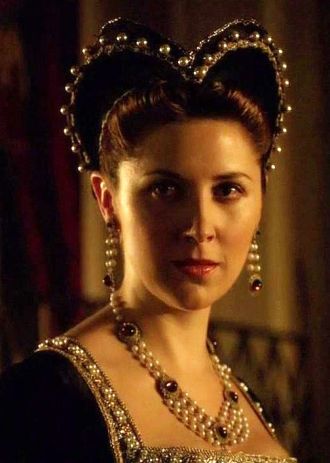 Emma Hamilton | 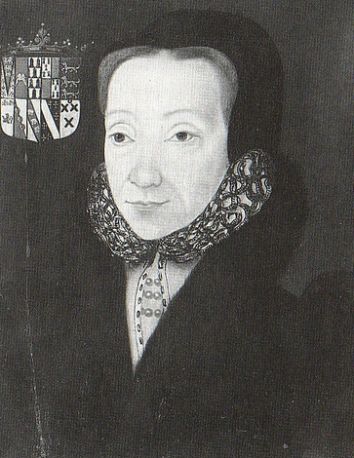 |
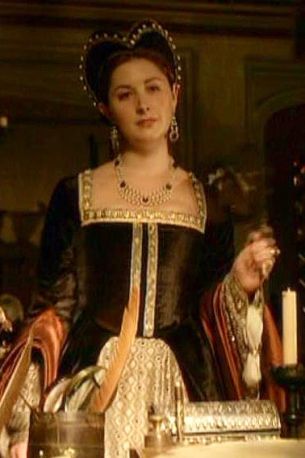 | 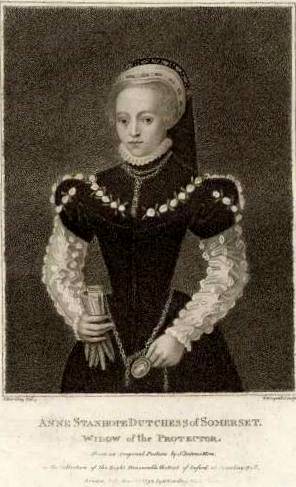 Engraving of Anne as widow of Edward Seymour from a portrait in the 1540's |
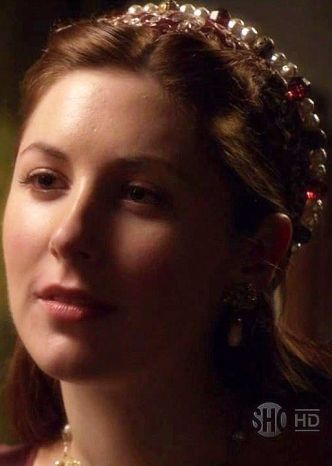 | 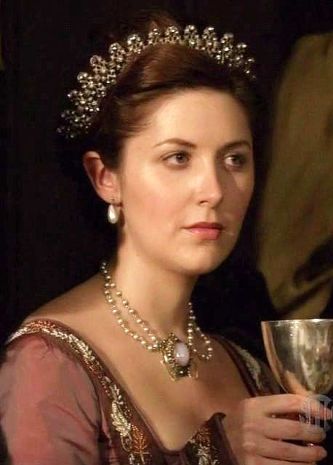 Westminster Abbey |
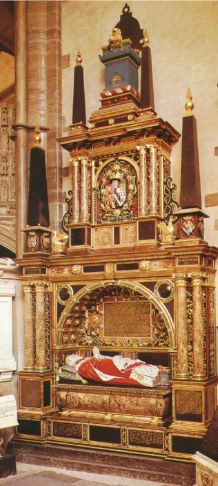 The Tomb Of Anne Seymour at Westminster Abbey Westminster Abbey | 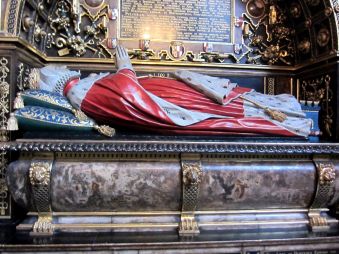 Close up of Anne Stanhope's effigy in Westminster Abbey |
| <embed allowfullscreen="true" height="269" src="http://widget.wetpaintserv.us/wiki/thetudorswiki/widget/youtubevideo/ab04861920c943c246542a6a1b819d490cd5ea8e" type="application/x-shockwave-flash" width="339" wmode="transparent"/> | <embed allowfullscreen="true" height="269" src="http://widget.wetpaintserv.us/wiki/thetudorswiki/widget/youtubevideo/74257ad0f26798894b6e5c69810fdcc0a5c87f68" type="application/x-shockwave-flash" width="339" wmode="transparent"/> |
